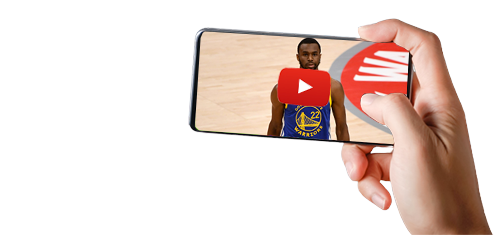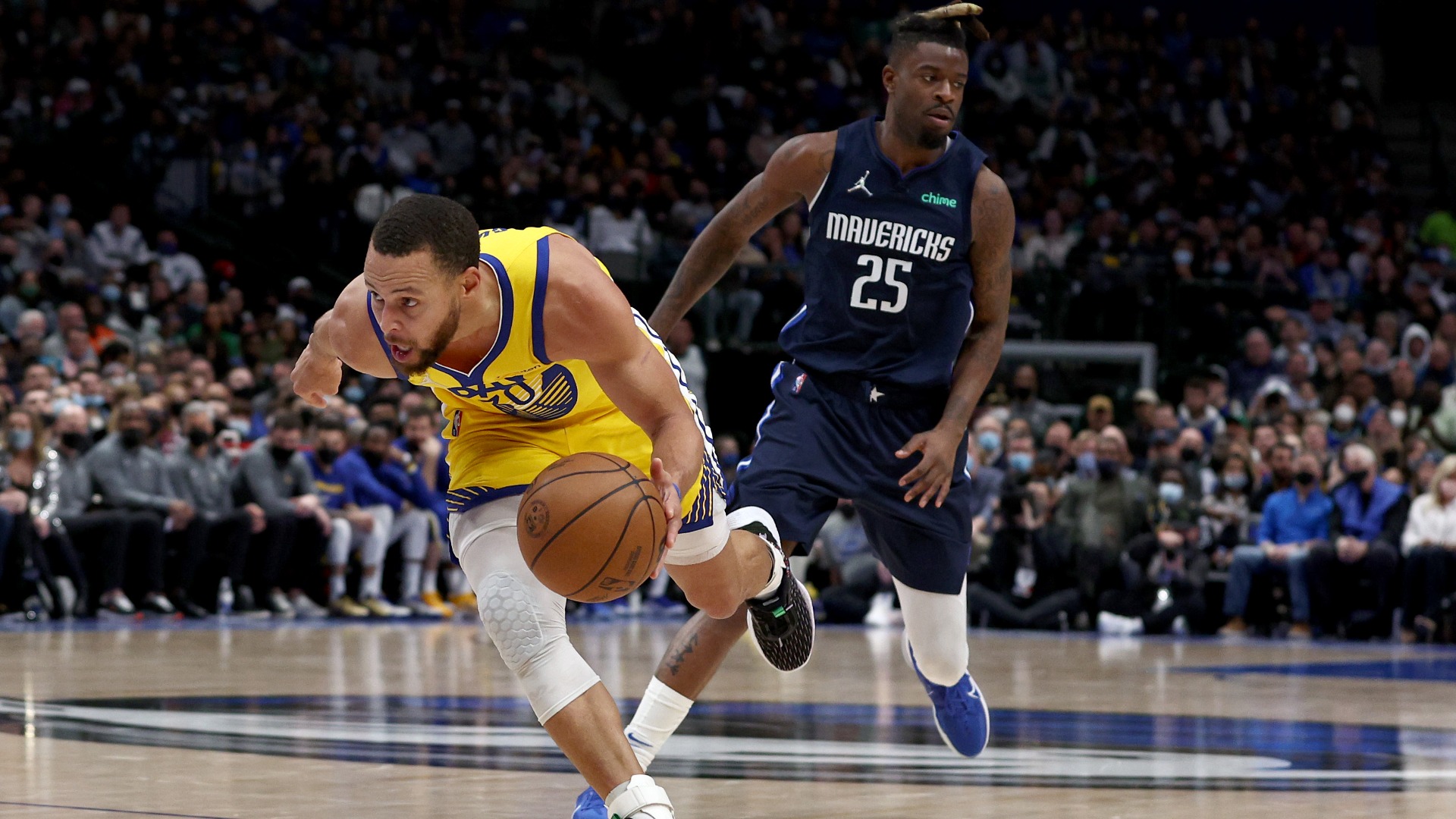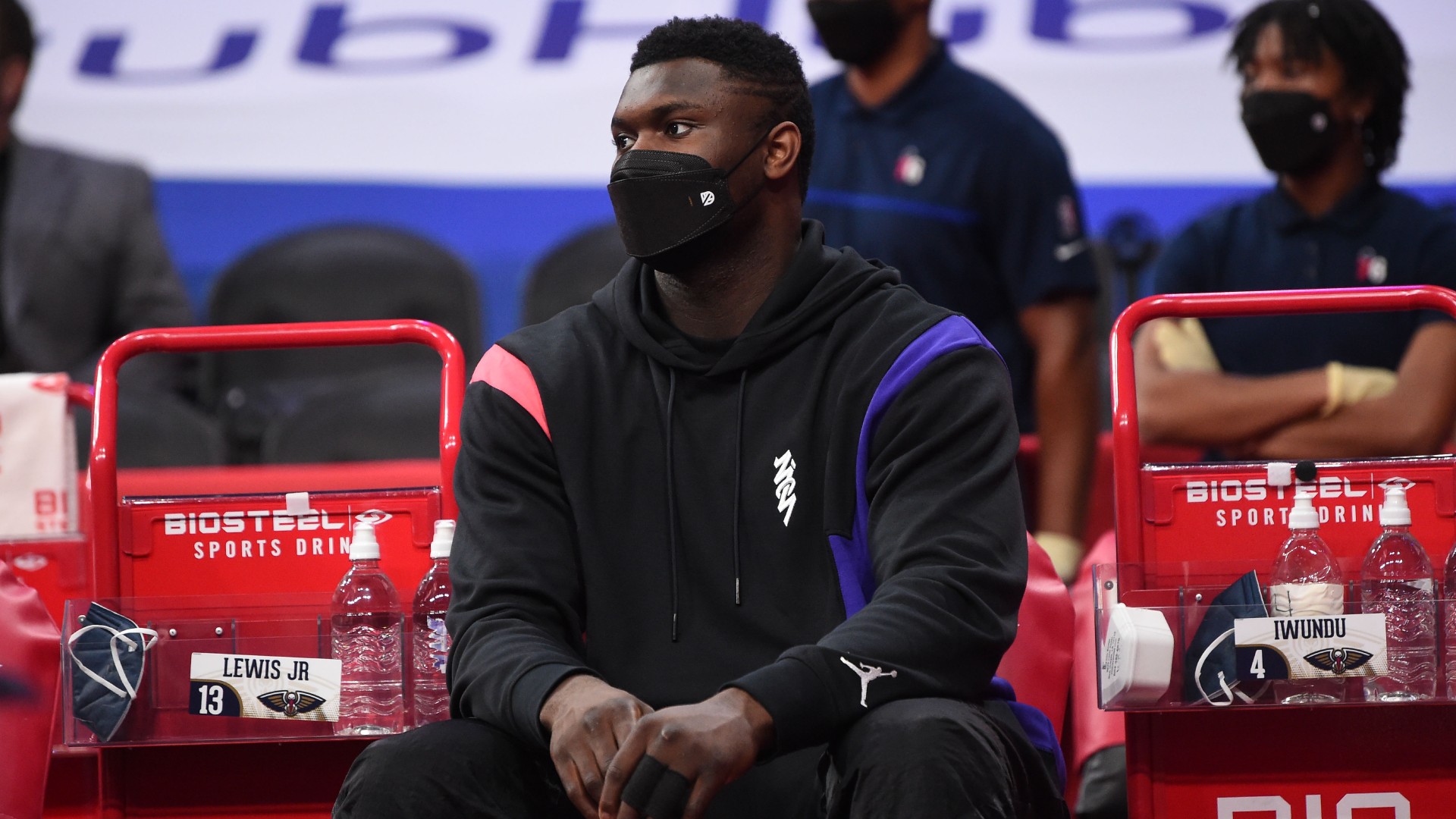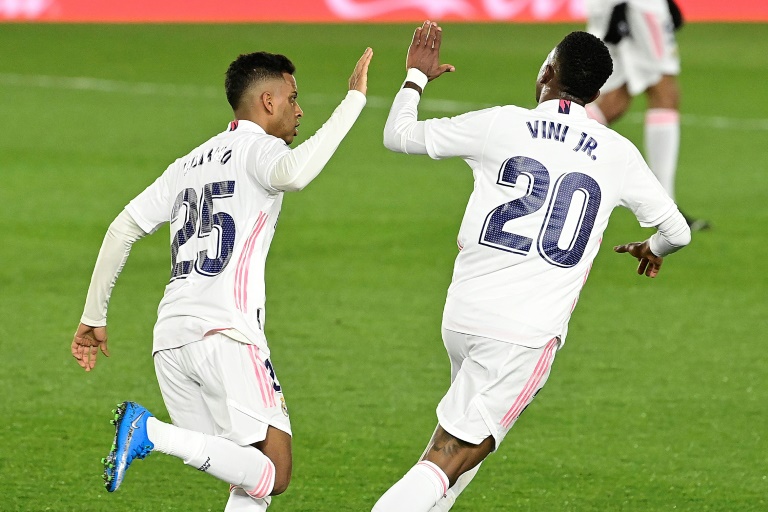
Moreso than any other team in the NBA, the Cleveland Cavaliers have lived at opposite ends of the league over the last two decades.
Since 2002-03, Cleveland has finished with 25 or fewer wins in seven different seasons, tied with the Minnesota Timberwolves for the most in basketball.
But those seven dreadful seasons have also yielded some generational talents in the NBA Draft, most notably LeBron James and Kyrie Irving, leading to eight seasons with 50 or more wins over that span, the most in the Eastern Conference and the fourth most in the NBA.
In the three full campaigns since James left Cleveland for the second time, the Cavs have gone an NBA-worst 60-159, but fans in Ohio are hopeful that this season’s 20-15 start is evidence that those lean years have produced enough talent to fuel a franchise turnaround yet again.
Last season the Cavs accrued 34 losses before earning their 20th win, but their improvement runs even deeper.
Cleveland has improved in almost every significant statistical category, but the growth on defense has been dramatic. Last year’s squad had one of the league’s five worst defenses, allowing 112.1 points per 100 possessions. This year, the Cavaliers are allowing 102.2 points per 100 possessions, the third-best mark in the league and the top in the East.
When combined with an offense that has shown incremental improvement, the Cavaliers have a net rating of +5.2 per 100 possessions, the fourth best in the NBA and ahead of fellow Eastern contenders like the Brooklyn Nets, Miami Heat and reigning champion Milwaukee Bucks.
All of this has come with Cleveland facing the NBA’s third-toughest schedule so far, with an average opponents’ win percentage of .526.
While some predicted that the Cavs’ hot start would fizzle out into another losing season, the team has maintained its wining ways through nearly half the season and looks to be in position to continue.
Despite playing in a division with the Bucks and surprisingly good Chicago Bulls, Cleveland’s remaining schedule is the easiest in the NBA by opponents’ average win percentage, with a majority of the upcoming being played at home.
Rookie Evan Mobley, selected with the third overall pick in July’s draft, has been the catalyst for Cleveland’s transformation this season. The 20-year-old big man is fourth in rookie scoring at 14.3 points per game but has made an all-around impact more typical of a veteran than a player who was in high school two years ago.
The Cavs’ selection of the seven-footer Mobley was criticized by some pundits as redundant after the franchise had just re-signed center Jarrett Allen to a contract worth $100million earlier last offseason.
Mobley and Allen have answered critics by forging one of the most formidable frontcourt defenses in the NBA. When Mobley and Allen are on the court together, the Cavaliers have a preposterous 95.3 defensive rating and opponents are shooting just 40.7 percent from the floor.
In a league that continues to downsize, Mobley has started most of his games at power forward, but the Cavs have found they do not sacrifice much offensively because their young star is so skilled and versatile.
While Allen has thrived around the rim this season, Mobley has the skill and athleticism to play everywhere, spacing the floor and keeping the ball moving on offense while smothering all sizes of players on defense.
Credit is due to head coach J.B. Bickerstaff, who identified early on that his frontcourt players were talented enough that he could buck the league’s small-ball trend by starting his twin towers lineup.
Bickerstaff also had the courage to tell Kevin Love, the team’s highest-paid player, that he would be coming off the bench. Love, who has been openly disgruntled about Cleveland’s losing records in previous years, has embraced his new role and has seen a resurgence in both enthusiasm and efficiency.
The Cavaliers have been so pleased with Bickerstaff’s leadership, in fact, that the parties agreed to a multiyear extension last week that keeps him under contract through the 2026-27 season.
Bickerstaff, Mobley and Allen – who is still just 23 years old – form a foundation that Cleveland intends to build upon for the next several years.
The Cavs’ other unquestioned franchise staple is point guard Darius Garland, who has continued to improve in his third year. Garland is on pace for career-highs with 19.5 points per game, 7.3 assists per game and 47.9-percent shooting from the field.
Garland has been forced to shoulder a heavy offensive burden and will be an even more vital player as the Cavs entered the second half of the season.
Backcourt mate and last year’s leading scorer Collin Sexton was lost for the season after tearing cartilage in his left knee on Nov. 7.
Sexton’s injury forced veteran guard Ricky Rubio into a more prominent role, a combination that worked very well for several weeks until Rubio suffered a torn anterior cruciate ligament in his left knee on Tuesday, ending his season as well.
The thinning of their backcourt led to the Cavs trading for 16th-year veteran Rajon Rondo as an experienced floor general just before the calendar flipped to 2022.
It looks as if the 2021-22 season will be one of attrition, and a lack of depth may ultimately prevent the Cavaliers from maintaining an elite point differential in the East. But with a team so young, the franchise would have to be pleased just to play in the postseason again.
Going forward, however, Cleveland faces a crossroads decision in the coming offseason with Sexton’s contract. The fourth-year guard is in the final year of his rookie deal, and the front office must decide if the Garland-Sexton backcourt combination is the best long-term option.
Sexton averaged 24.3 points per game last season, making it seem like offering him an extension would be the obvious solution. But high-scoring numbers like that typically demand a maximum contract – in this case, $173million over five years.
Garland and Sexton both stand just 6ft1, creating some flexibility issues. Since the latter was drafted in 2018, the Cavaliers have been wiling to live with a defensive liability in the backcourt as they focused on collecting talent and developing young players.
But now that Cleveland appears ready to make a run at the playoffs, more serious questions must be answered.
During Sexton’s four-season tenure, the Cavs have allowed a staggering 115.5 points per 100 possessions while he is on the court versus 107.2 when he sits.
And despite Sexton’s impressive scoring numbers, Cleveland’s offensive numbers while he his on and off the court are virtually identical – over a sample size of over 12,000 minutes.
Paying Sexton long-term could lock in a future where the Cavs have the league’s smallest backcourt and largest frontcourt, making them vulnerable to perimeter shot creators with size, the kind that has proven to be invaluable in postseason play.
All of that said, any team would be foolish to surrender a talented scorer like Sexton for nothing. A small-market team like Cleveland would be outright negligent. He is likely to get his extension, especially with the entire core being so young.
Garland, Sexton, Mobley and Allen have played less than 120 minutes on the floor together, and Cleveland’s brass is likely to want to see them grow a bit more together.
Plus, teams in markets that are not free agency destinations simply do not have the luxury of being so choosy about trying to construct the ideal roster.
Although this Cavs team has some quirks that might project into a playoff ceiling in the future, Cleveland’s front office has organically built a fun team – and one that appears to be a winner.
That is something the Cavs haven’t done without LeBron James since last century.








